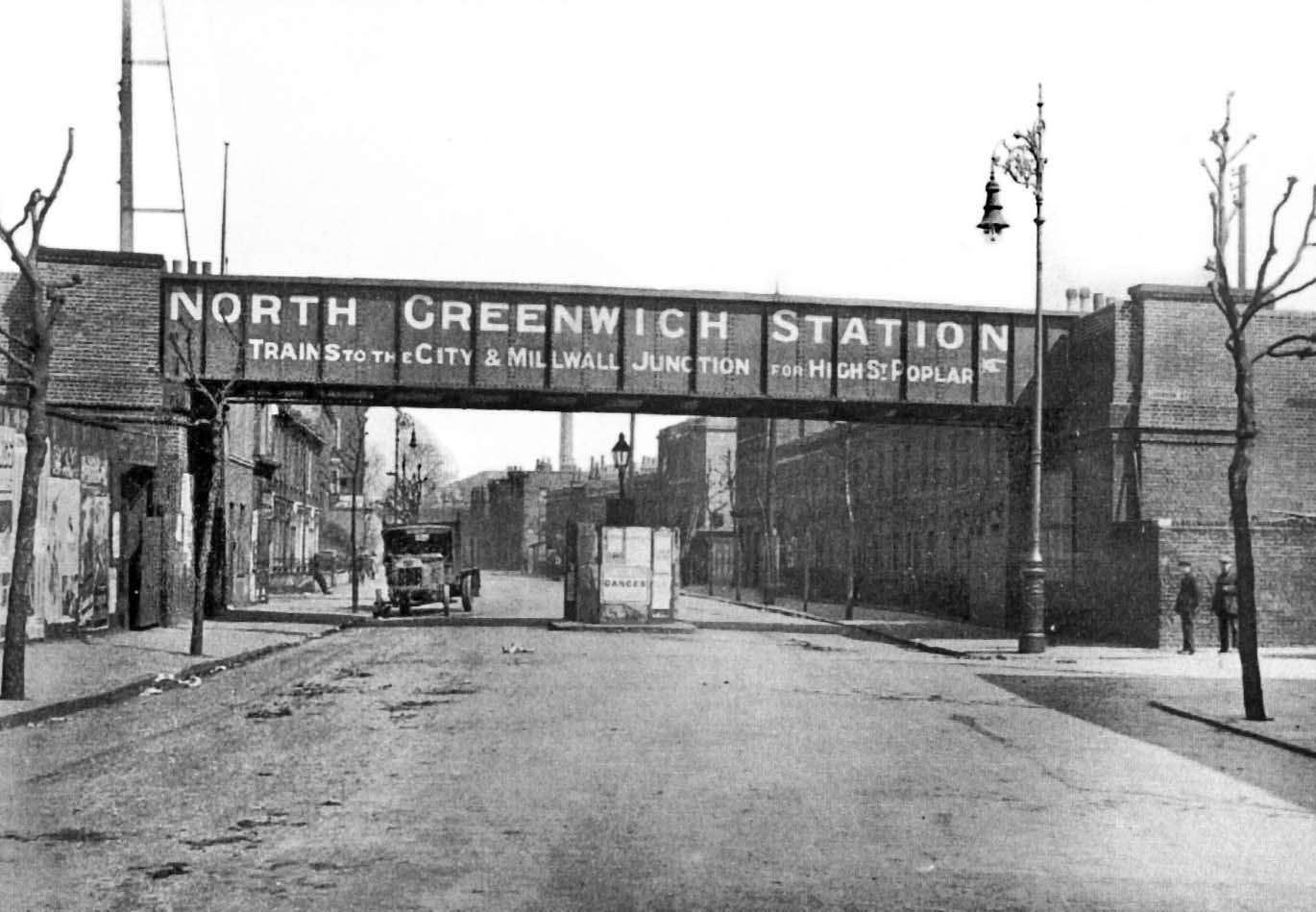Station Name: NORTH GREENWICH
[Source:
Nick Catford]

Photo from Jim Lake collection
| Last
updated: Thursday, 07-Sep-2017 09:05:53 CEST |
© 1998-2017 Disused Stations
| |



